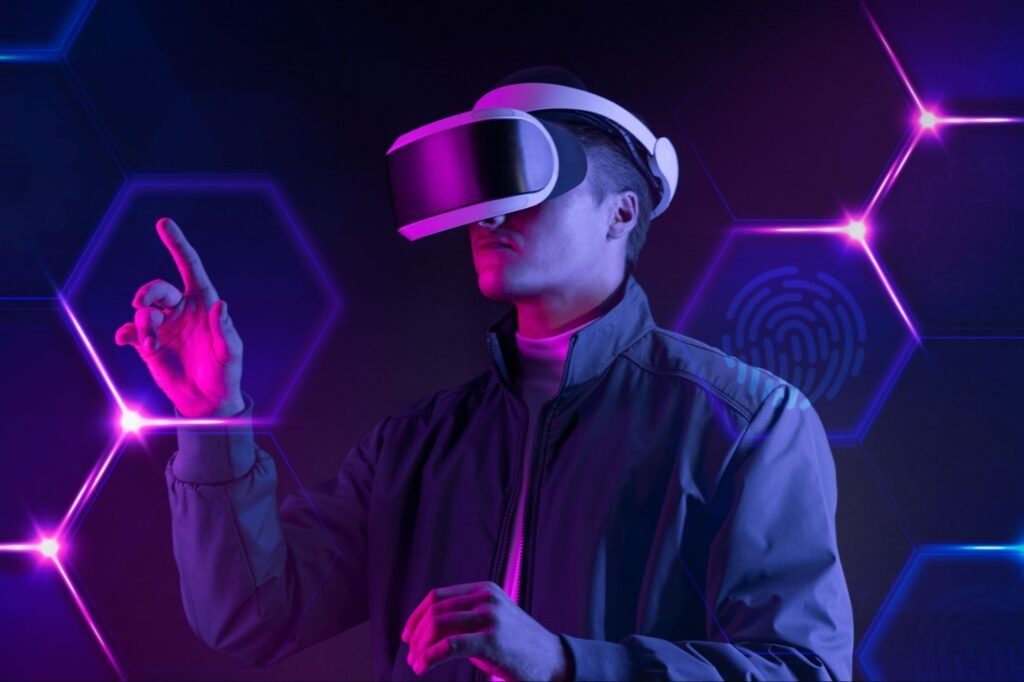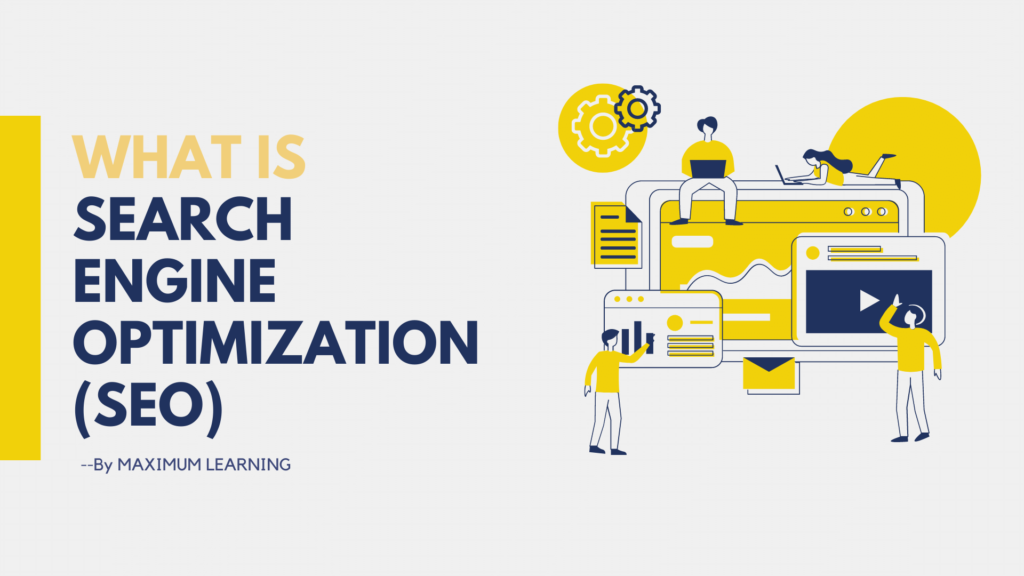A three-dimensional environment that can be examined and interacted with by a human is called virtual reality (VR). With the use of VR technology, users can entirely immerse themselves in a virtual environment.
The concept of creating a virtual world for human interaction was initially explored by VR pioneers in the 1950s, which is when the technology’s history began. But it wasn’t until the 1990s that VR technology evolved, enabling the development of more complex and accurate simulations.
VR technology has advanced tremendously over the years and is now utilised for a variety of purposes, including gaming, entertainment, education, healthcare, and even military training. Virtual reality (VR) has the power to completely change how people engage with digital information by delivering a more intuitive and natural experience.
The uses of virtual reality
The gaming sector is home to one of the most well-liked VR uses. VR gaming enables players to fully immerse themselves in the experience, making it more realistic and entertaining. Players can engage in character and environment interactions that are not achievable using conventional gaming techniques.
VR is also being applied to the world of training and education. Students can experience a simulation of real-life settings while learning complex topics and procedures using virtual reality (VR). For instance, medical students can practise operations in a secure setting, and pilots can learn on flying techniques without running the risk of a real-world emergency.
A safe and controlled environment for therapy and treatment is provided by VR in the realm of mental health. By exposing patients to safe simulations of their concerns, for instance, VR can be utilised to treat phobias, anxiety, and PTSD. This kind of therapy has been proven to be successful in symptom reduction and mental health outcomes improvement.
Virtual reality (VR) is being used in the entertainment industry to offer immersive experiences like virtual theme parks, movie theatres, and concerts. These encounters enable users to fully immerse themselves in a digital world, making for a more interesting and memorable experience.
Virtual reality’s benefits
One of VR’s main benefits is its capacity to produce completely immersive experiences. Users of VR can experience a sense of presence that makes them feel as though they are actually inside the virtual environment. Users are able to interact with the setting and characters in a level that is not feasible with conventional forms of entertainment, which can result in a more engaging and memorable experience.
VR also has the benefit of offering a secure and regulated environment for training and therapy. Medical students, for instance, can perform procedures in a simulation without running the danger of hurting actual patients. Similar to this, phobia sufferers can gradually be exposed to simulations of their concerns, which can assist to lessen symptoms and enhance mental health results.
The way individuals interact with digital content has the potential to change as a result of virtual reality. Virtual reality (VR) has the potential to make technology more approachable and user-friendly by offering a more natural and intuitive experience. This is crucial for people who might lack the technical know-how or experience needed to work with more conventional forms of technology.
Limitations of Virtual Reality
The price of VR is one of its key drawbacks. The cost of purchasing and maintaining VR equipment, such as VR headsets, can be high. Additionally, some people may find it difficult to accept VR because it may demand a certain amount of technical proficiency to utilise.
Another drawback of VR is that, especially when used for extended periods of time, it can lead to physical discomfort like headaches, eye strain, and vertigo. In situations where VR is used for extended periods of time, like in education or military training, this can be a substantial obstacle to acceptance.
Additionally, virtual reality technology is still in its infancy and is not yet generally accessible to the general population. Because of this, there is a limited amount of VR content that might not be appropriate for everyone. The social and ethical ramifications of VR technology have also not yet been well investigated and comprehended.
Conclusion
Since its infancy in the 1950s, virtual reality technology has gone a long way and is still developing quickly. VR is currently employed for a variety of purposes, including gaming, entertainment, education, healthcare, and even military training.
Virtual reality (VR) has the power to completely change how people engage with digital information by delivering a more intuitive and natural experience. It may also offer a secure and regulated setting for rehabilitation and training, making it a valuable tool for many different businesses.
VR technology does have certain drawbacks, though. The physical pain connected to prolonged VR use is a major worry, and the price and technical requirements of VR equipment might be a barrier to adoption. The social and ethical ramifications of VR technology have also not yet been well investigated and comprehended.
Despite these drawbacks, VR has the ability to influence technology’s future and present novel and exciting prospects for both people and businesses. It will be interesting to observe how VR technology is used and how it affects our daily lives as it develops and gets better.




